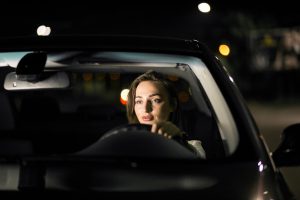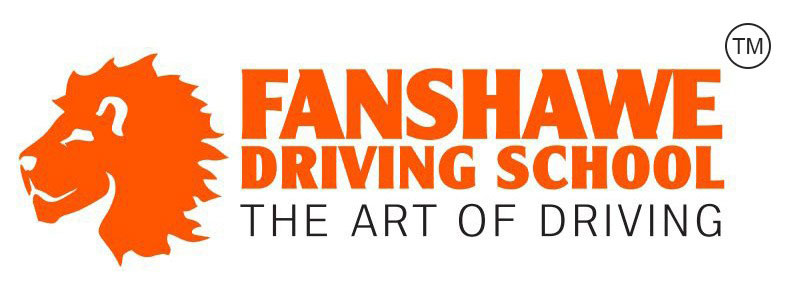
Driving in adverse conditions is common, whether we’re driving in the rain, snow, fog, or the glare from bright sunshine, it’s something that all drivers experience. One of the most common adverse driving conditions that seems to be overlooked is driving at night, even though it happens every day.
Speed limits are set for ideal conditions and it’s obvious that driving at night is not ideal. Your headlights can’t always show you everything on dark roads, so driving at the posted speed limits at night is not always safe.
The newer the headlight you have, the brighter the headlight may be. There are a few headlight options available to drivers that all seem to claim to be the brightest headlight on the market. Whichever headlight bulb you use, it may not be appropriate to drive at the posted speed limit on dark highways.
We can only see what’s illuminated within our headlight spray on a dark roadway at night. It may take you longer to stop your vehicle, compared to how far your headlight spray can light up the road. There are a few things to consider before attempting to drive at the speed limit on a dark road, including how old or advanced the headlights are, are the headlight lenses dirty or yellowed, are the roads wet or dry, Are your brakes in good working order, how good are your tires and are you using high-beam or low-beam headlights?
Moving your vehicle quicker than you can see, think, and respond to a hazard visible within your high-beam headlight spray is known as overdriving your headlights. If you’re overdriving your headlights, once you see debris or a problem ahead, you won’t have enough time to safely stop your vehicle.
Having good visibility at night will mean the sooner you can respond to potential problems. Use your high-beam headlights whenever possible while driving on a dark roadway. If it becomes difficult to see well ahead with your headlight spray, reduce speed. Remember, speed limits are set for ideal conditions. If it’s not ideal, adjust.
Leave the high-beam headlights on until one of the following things happens: the oncoming driver flashes their headlights toward your direction, you’ve reached 150 metres from the opposing driver, or the spray of your headlights reaches the spray of the oncoming vehicle’s headlights. Once that happens, switch the high-beam headlights to low-beam headlights.
Driving at night is not the same as driving in daylight, so your actions should not be the same. For more information, register for driving lessons with Fanshawe Driving School and learn from a professional.
